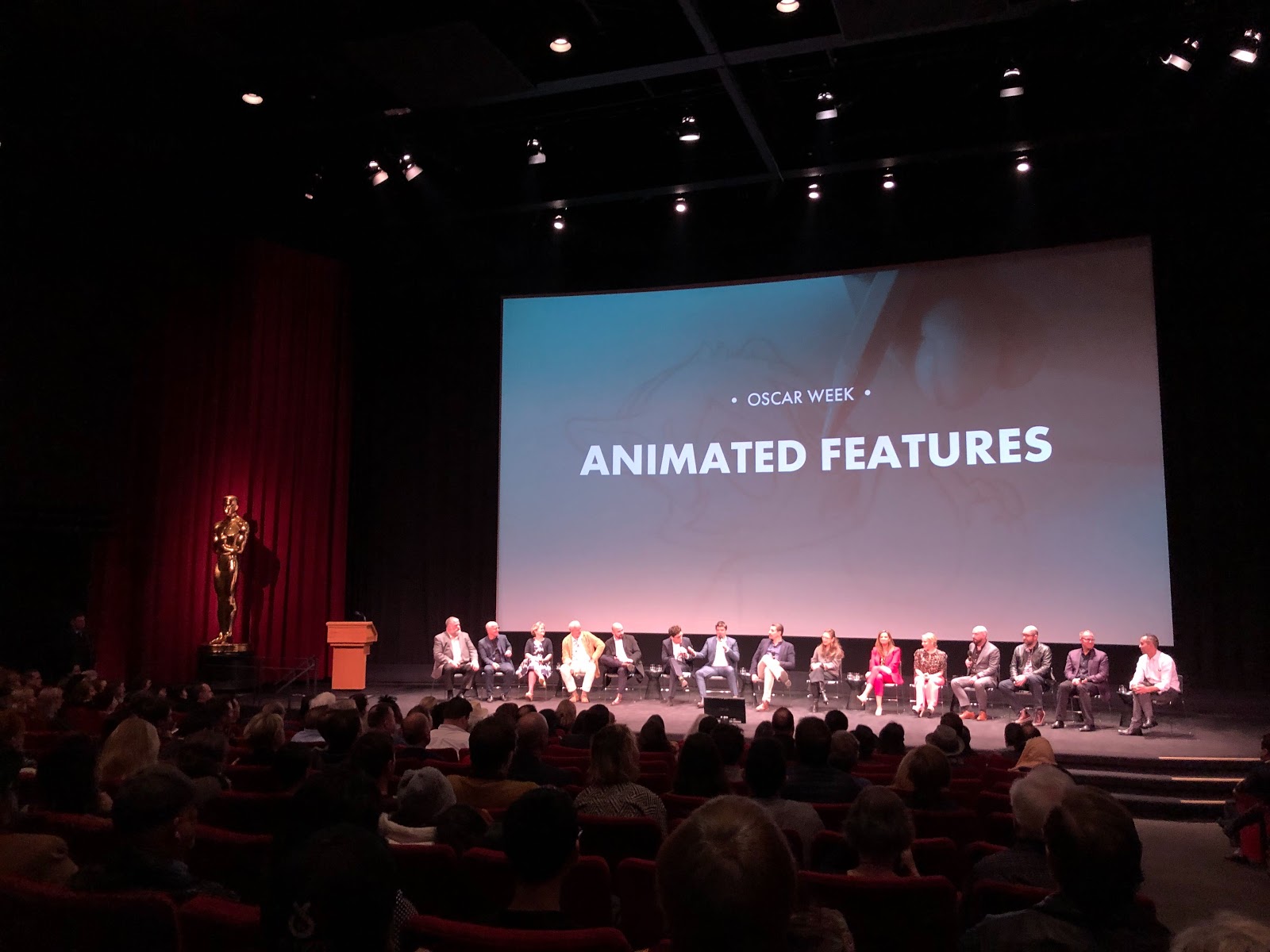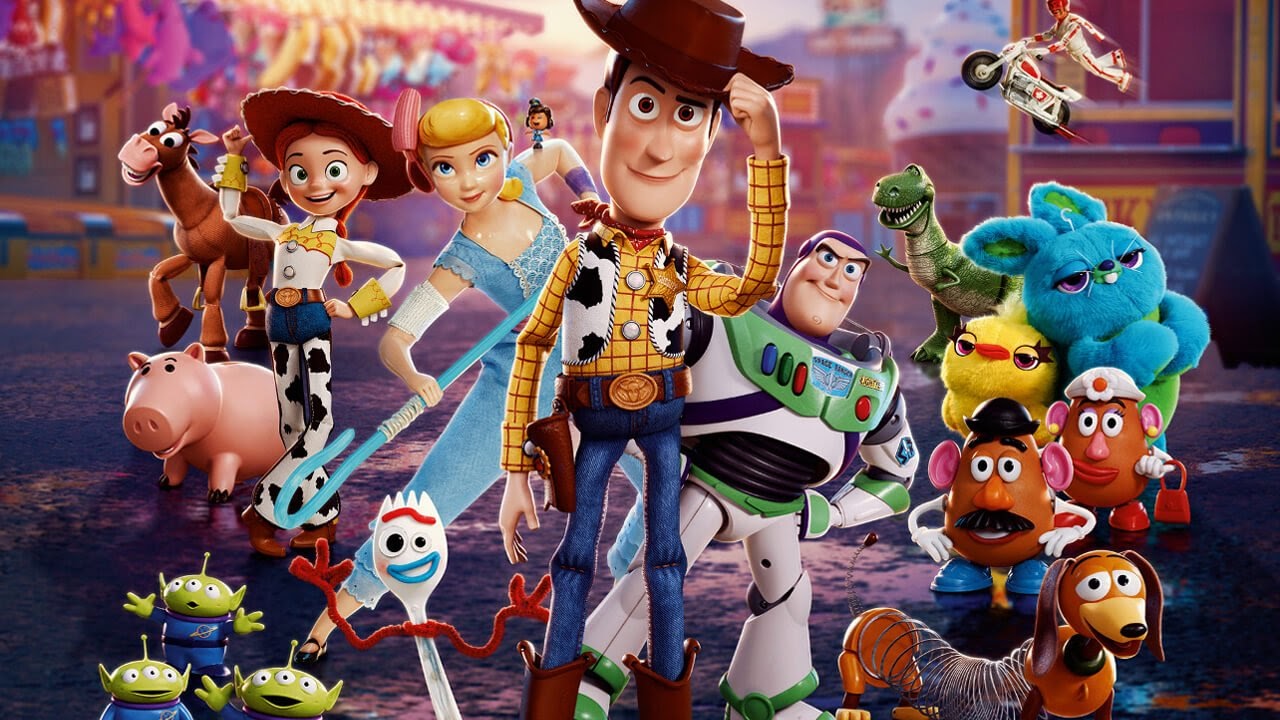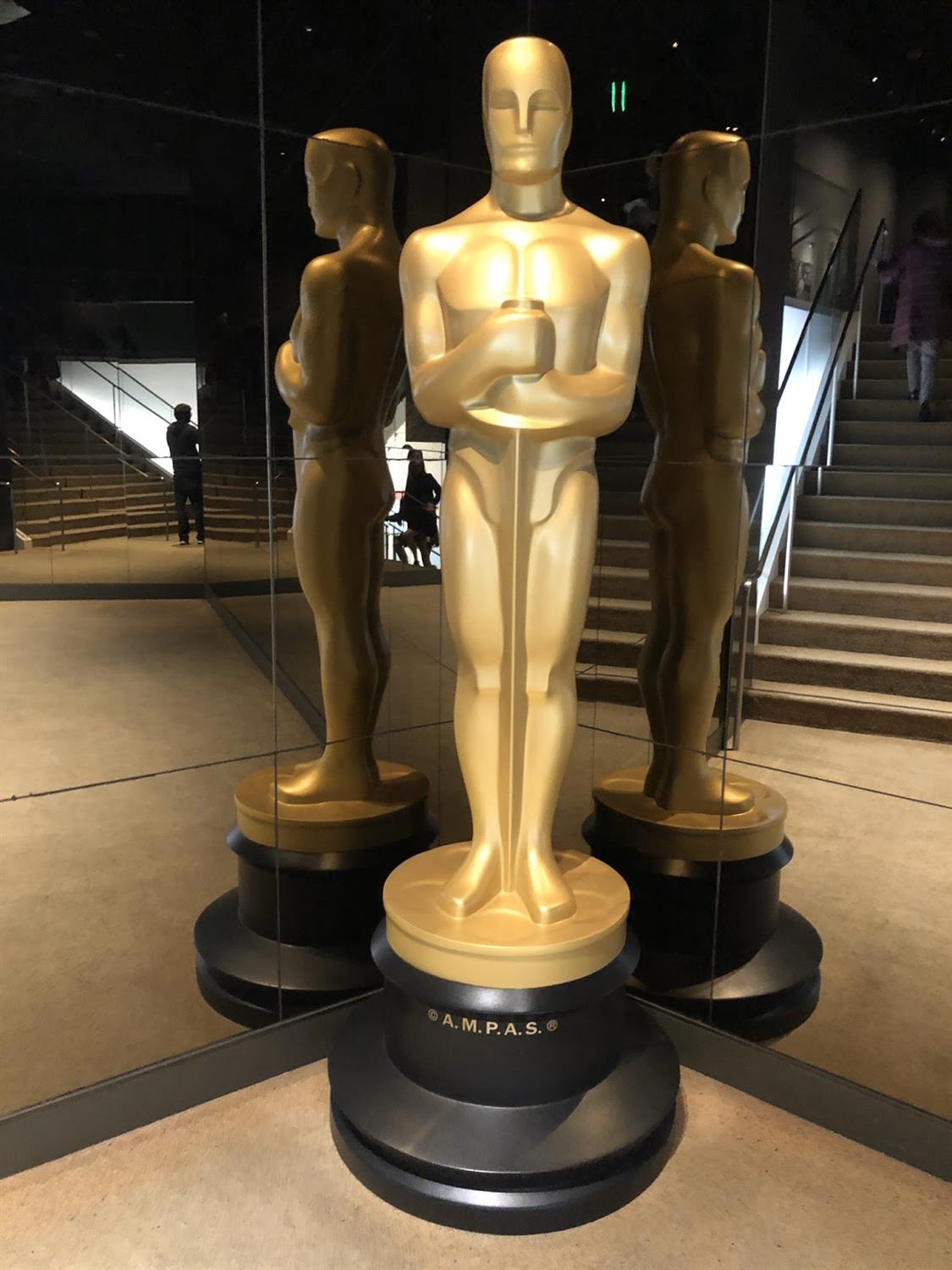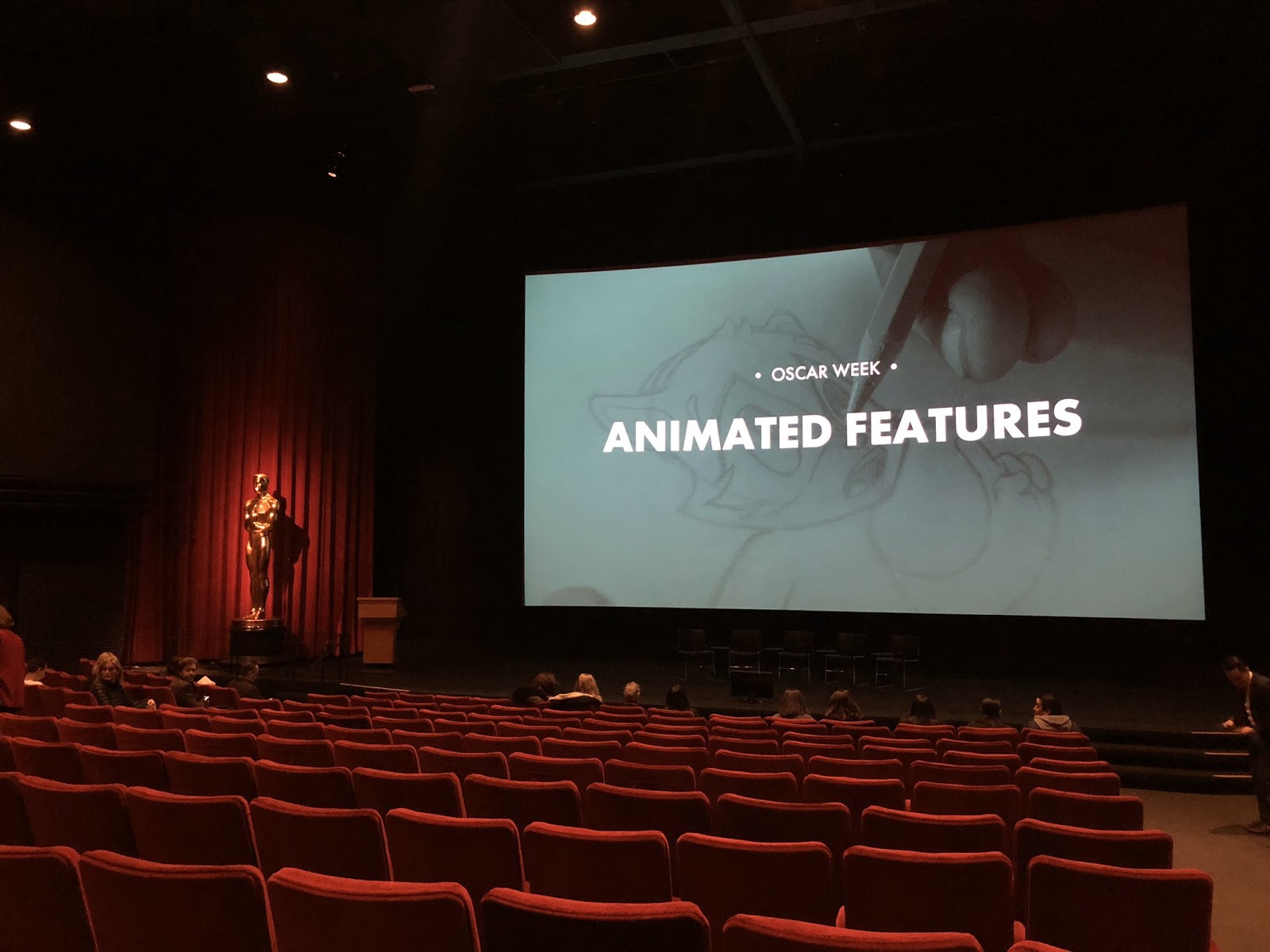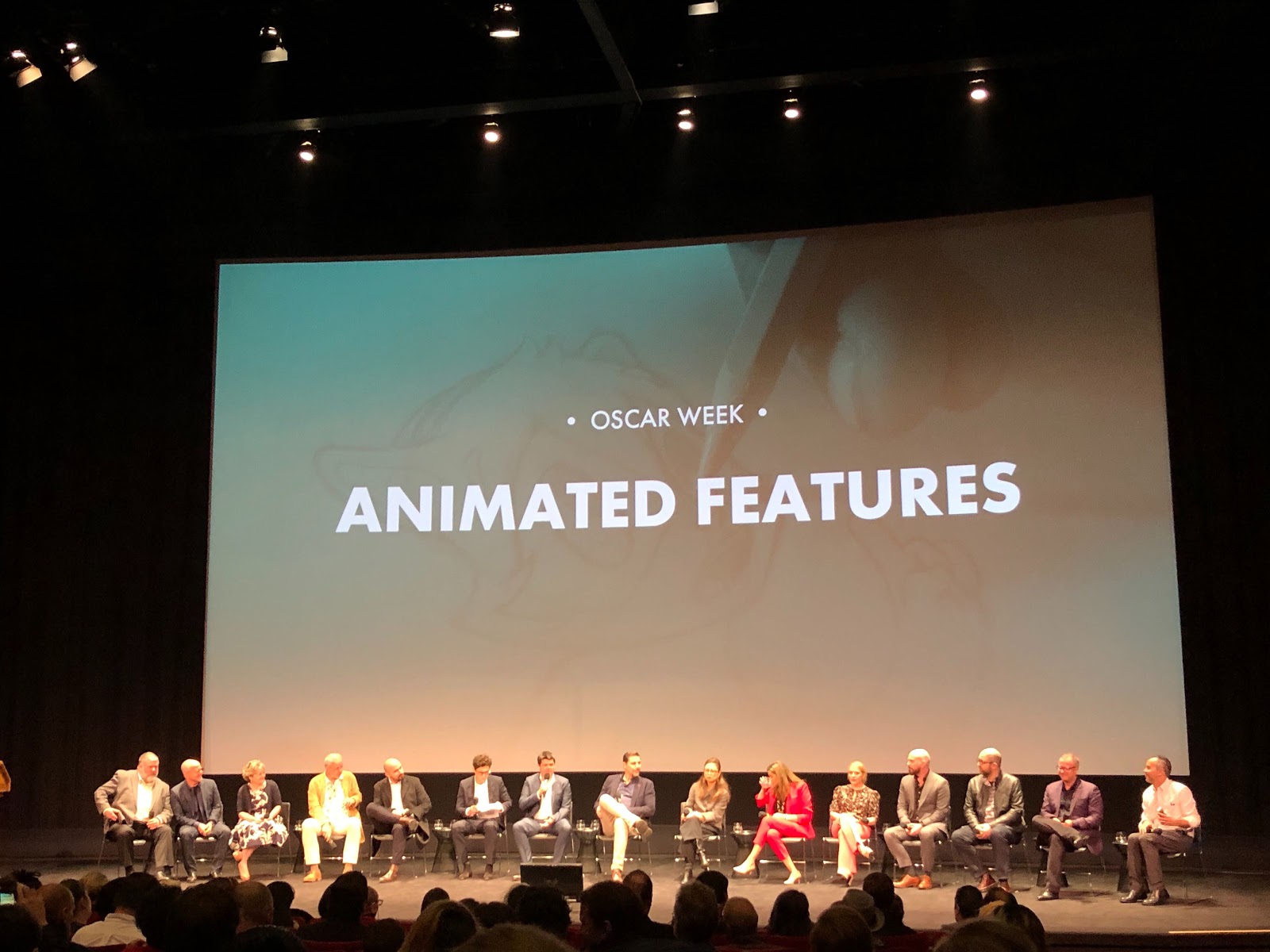All this week Hollywood has been gripped by Oscar Fever, and ahead of tomorrow’s Academy Awards ceremony in Hollywood, representatives from the five nominees for Best Animated Feature gathered at the Academy of Motion Picture Arts and Sciences’ Samuel Goldwyn Theater in Beverly Hills this morning to discuss how their respective movies came to life on the big screen.
The filmmakers behind Disney/Pixar’s Toy Story 4, Laika’s Missing Link, Netflix’s Klaus, Xilam’s I Lost My Body, and Dreamworks’ How to Train Your Dragon: The Hidden World appeared on stage with always-charming moderators Phil Lord and Chris Miller (last year’s Best Animated Feature winners for Spider-Man: Into the Spider-Verse), talking about what it took to build their acclaimed animated films from the ground up. Interestingly, the nominated movies this year include entries from a variety of different media: traditional hand-drawn 2D animation, 3D computer-generated animation, and stop-motion.
Up first were the creative minds behind How to Train Your Dragon: The Hidden World, namely the film’s writer/director Dean DeBlois and producers Bradford Lewis and Bonnie Arnold. Together they explained how they planned the HTTYD trilogy out in three acts as a coming-of-age story, and how the new dragon character of Light Fury represented an agent of change in this final entry. They also covered how renown cinematographer Roger Deakins came aboard as a visual consultant, and why it was important to them to find a purpose for their sequels by incorporating real-life challenges and motivations for their characters.
A little bit more off-beat, the French film I Lost My Body is about the adventures of a dismembered hand. Director and co-writer Jérémy Clapin was on hand alongside producer Marc du Pontavice to tell the audience about the process of adapting the novel Happy Hand, the debate over whether or not to include voice-over narration, the desire to deliver a new experience by using established cinematic techniques, the influence of independent animator Ralph Bakshi, and the concept of inserting poetry into the more urban areas of Paris.
Klaus director Sergio Pablos says he left Disney in the early 2000s to return home to Spain and raise a family, though he realized the road to making a relevant film is more difficult in Europe than in Los Angeles. Fortunately he had producers Jinko Gotoh and Marisa Román along with him to help make his directorial debut a reality. Pablos’ love for traditional animation and refusal to accept Disney’s reasons to not pursue it anymore set him off on his own path, and he says nostalgia is not enough of a reason to go back. His goal with Klaus was to take all the filmmaking advancements over the past decade and put them into hand-drawn animation using a diverse multinational crew, saying “we’re not bringing 2D back; we’re bringing it forward.”
Missing Link was awarded Best Animated Feature Film at this year’s Golden Globes, and director Chris Butler and producer Arianne Sutner say the enduring charm of stop-motion animation lies in the presence of real light on real objects. They also talked about the tactile nature of stop-motion bringing “chaotic elements” into the mix and how voice star Zach Galifianakis delivered his trademark “most awkward person in the room” persona to the role of Susan Link. Laika is an artist-run studio that marches to the beat of its own drum and encourages its talent to be daring and creative, and like hosts Lord & Miller said, the result speaks for itself.
Lastly, Toy Story 4 director Josh Cooley took the stage with producers Mark Nielsen and Jonas Rivera to relate how the Forky character came out of discussions they had regarding the rules of the Toy Story universe: “What would happen if Bonnie made a toy at school?” They said the audience brings the rules of Toy Story 1-3 with them into the movie, but Forky doesn’t know those rules. Tony Hale brought a warm, funny tone to the role and helped amplify the stakes for Woody.
Cooley was frequently asked why the studio was even making a fourth Toy Story movie, as the ending to the third entry was perceived as being so perfect. But apparently, Pixar’s Andrew Stanton never saw Toy Story 3 as the end of the franchise, only the end of Andy’s story. Since Toy Story is told from Woody’s perspective and the adventures began when Buzz Lightyear was introduced into the mix, they felt it was a logical conclusion to have the story end with those two characters separating.
They went on to mention the punk-rock garage-band spirit at Pixar, and how they are proud of their current scale and relationship with owner Disney, but still feel as though there is a rogue-group mentality at work at the studio. I was most shocked to hear there were ten total different versions of Toy Story 4 that went through the development process before the powers that be settled on the final approach. It’s also a little disconcerting to hear how some of the animation crew had seen the original Toy Story film as their very first movie growing up.
Find out which of the above five nominees wins the Best Animated Feature Oscar at tomorrow’s 92nd Annual Academy Awards, airing live from Hollywood on ABC.

